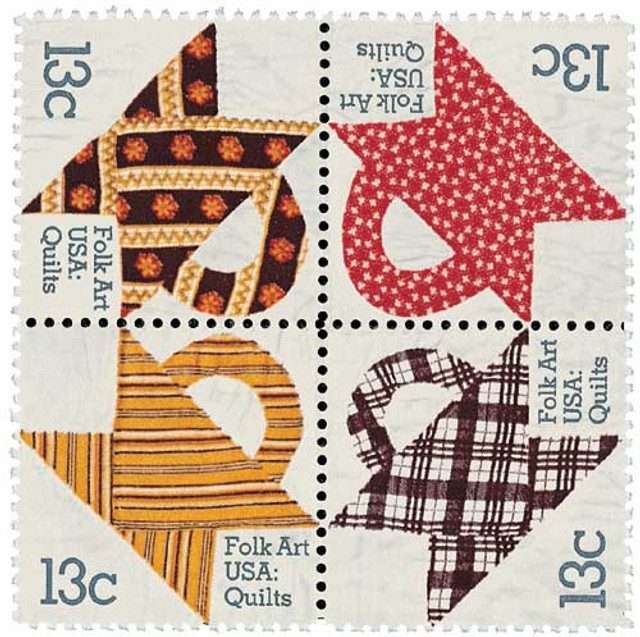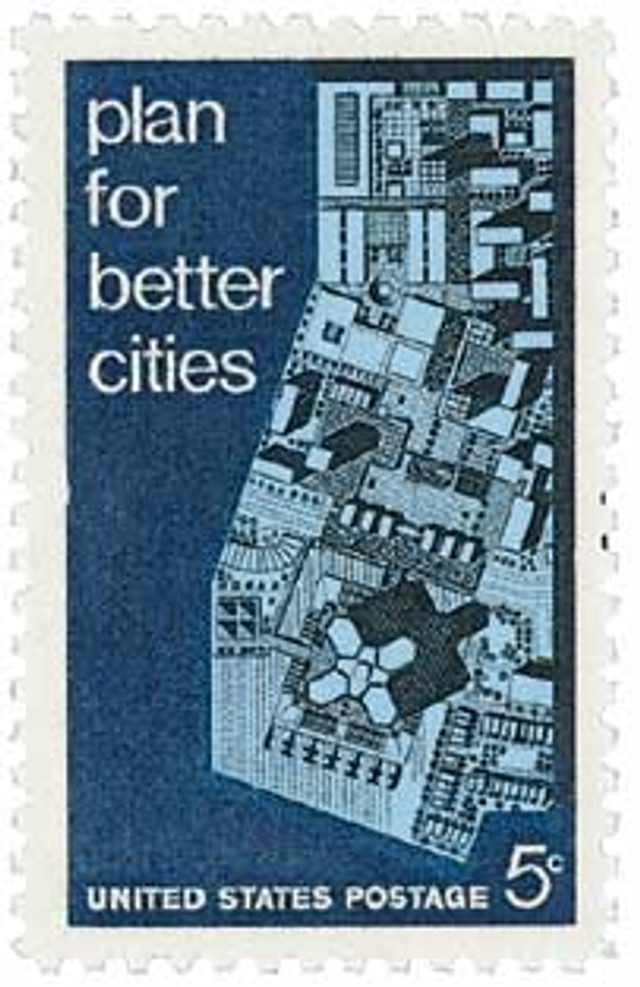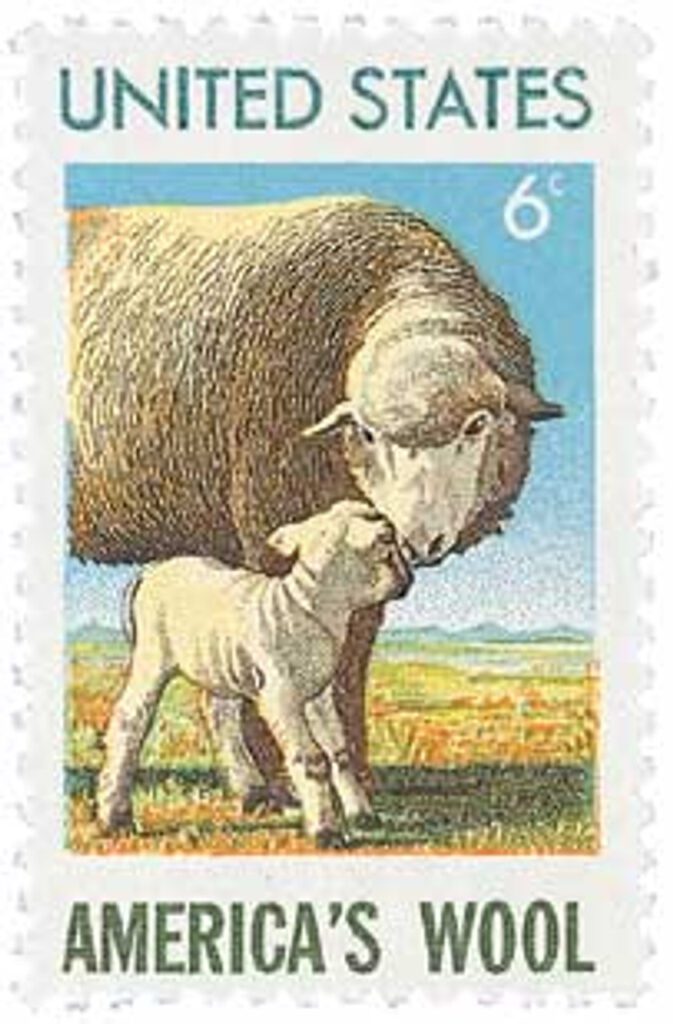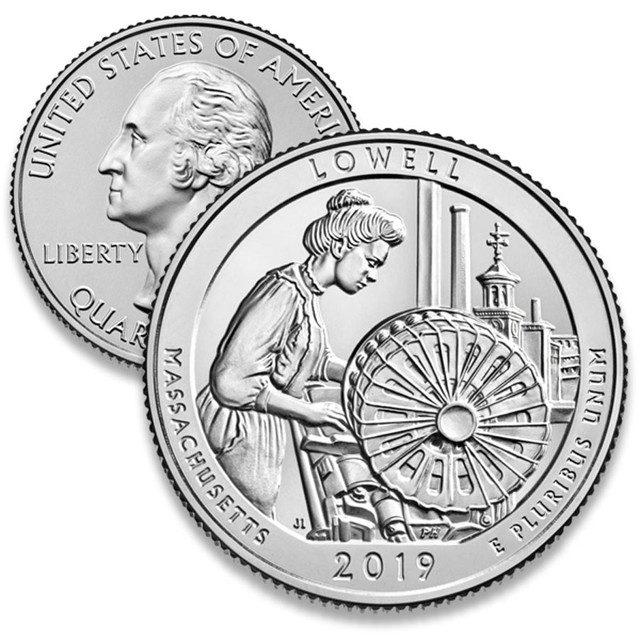On June 5, 1978, Lowell National Historical Park was founded in Massachusetts. Lowell has been called the “Cradle of the American Industrial Revolution,” for the important role it played in the rise of America’s textile industry.
Lowell, Massachusetts sits on the banks of the Merrimack River, just a few miles from the border with New Hampshire. European colonists first arrived in the Lowell area around the 1640s, and, before long, formed a friendly relationship with the local Native American groups. Chelmsford (later renamed Lowell) was founded in 1653, after the colonists had bought many acres of land from the Native Americans.

As more people became aware of the Pawtucket Falls and the potential they had as a power source, more industrialists started coming to Chelmsford. In the early 18th century, a sawmill, gristmill, and fulling mill were all opened. In 1797, the first of several canals to be built in Chelmsford was finished. Named the Middlesex Canal, it went around the 32-foot Pawtucket Falls, allowing the logging industry to easily ship lumber and other goods directly to Newburyport.

After visiting Great Britain in 1810 to learn about their textile machinery, Francis Cabot Lowell memorized the machines’ designs and brought them back to America. He established the Boston Manufacturing Company in 1813 and built the first cotton mill in America to use power looms. Upon Lowell’s death in 1817, Patrick Jackson took over the company and built a second mill in Chelmsford in 1822. Two years later, the mill was booming, and more canals were dug to build more mills. The town was renamed Lowell in honor of Francis Cabot Lowell on March 1, 1826.
At the time it was renamed, Lowell’s population was around 2,500. Just 10 years later, it had grown to over 18,000, and on April 1, 1836, Lowell was officially designated a city. It was the third Massachusetts settlement to be given a city government. As Lowell continued to prosper, it began expanding and absorbing nearby neighborhoods into its jurisdiction. By 1850, Lowell was the second largest city in Massachusetts and America’s most prominent industrial city.

At its height, Lowell’s 40 textile mills were being run by 10,000 horsepower gained from the Pawtucket Falls and the city’s canals. Lowell was home to 10,000 workers who helped manufacture 50,000 miles of cloth each year. The success of the textile industry led to the establishment of the Lowell Machine Shop, tanneries, stores, and more. In the late 1800s, Lowell became the first city in America to be assigned telephone numbers. New inventions improved the machines of the textile mills, railroads were built across the state, and immigrants came to the city in droves.
Lowell’s textile mills experienced a decline during the American Civil War, but bounced back when the fighting ended. However, as the years went on, the textile industry began to slowly shift south, and Lowell’s mills began to close one by one. This was largely due to the invention of steam power, which was cheaper than waterpower and didn’t require a nearby river. Transportation of goods was also cheaper in the South. World Wars I and II provided temporary relief for Lowell’s economy, but this was short-lived, and after more than 130 years of work, the Merrimack Manufacturing Company closed in 1958.
By the 1970s, many of Lowell’s historic buildings were abandoned, and some demolished. The city’s history was in danger of being destroyed along with its economy until advocates like Patrick J. Mogan stepped forward and suggested Lowell’s history be preserved. He believed that, along with the history, the protection of Lowell’s old mills and canals would help bring people to the city and boost the economy. Lowell Heritage State Park was created in 1974, with Lowell National Historical Park following on June 4, 1978. Called “the Massachusetts miracle,” suddenly new employers moved to the city and jobs were available in Lowell again. Today, Lowell is known to be one of the safest cities of its size in the US.
Find out more of the park’s history here.
| FREE printable This Day in History album pages Download a PDF of today’s article. Get a binder or other supplies to create your This Day in History album. |
Discover what else happened on This Day in History.
Did you know the drive-in movie theater was patented in 1933? Check back tomorrow for the full story!





Jack Kerouac was raised in Lowell. In his first novel, The Town and the City, the “town” is Galloway, a stand-in for Lowell.
Lowell is NOT a safe city by any means necessary. The poverty rate in the city limits is 16% (from the Census Bureau most recent statistics) and the city has about 2,148 crimes with over 400 being violent crime and has had about 6 homicides within the past year (from here: https://www.roadsnacks.net/these-are-the-10-most-dangerous-cities-in-massachusetts/).
It may be safer in terms of its enviornment but is NOT the SAFEST city in America.